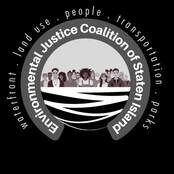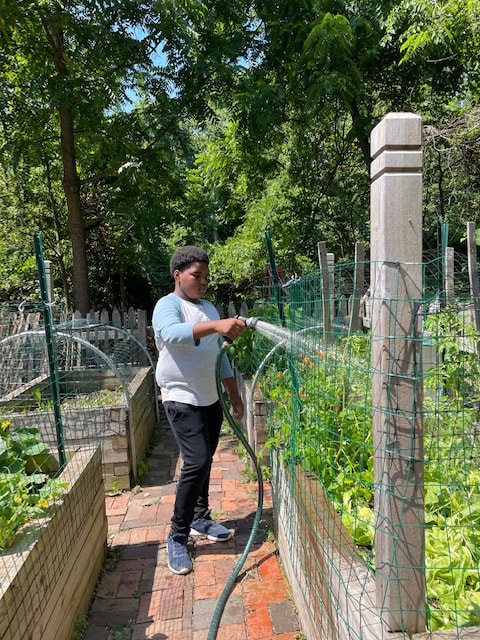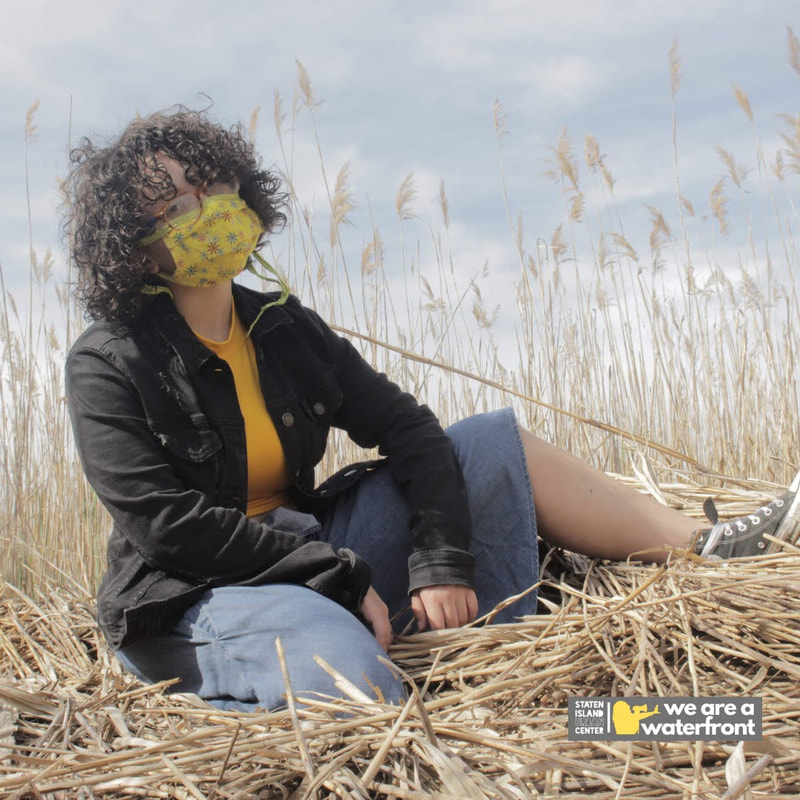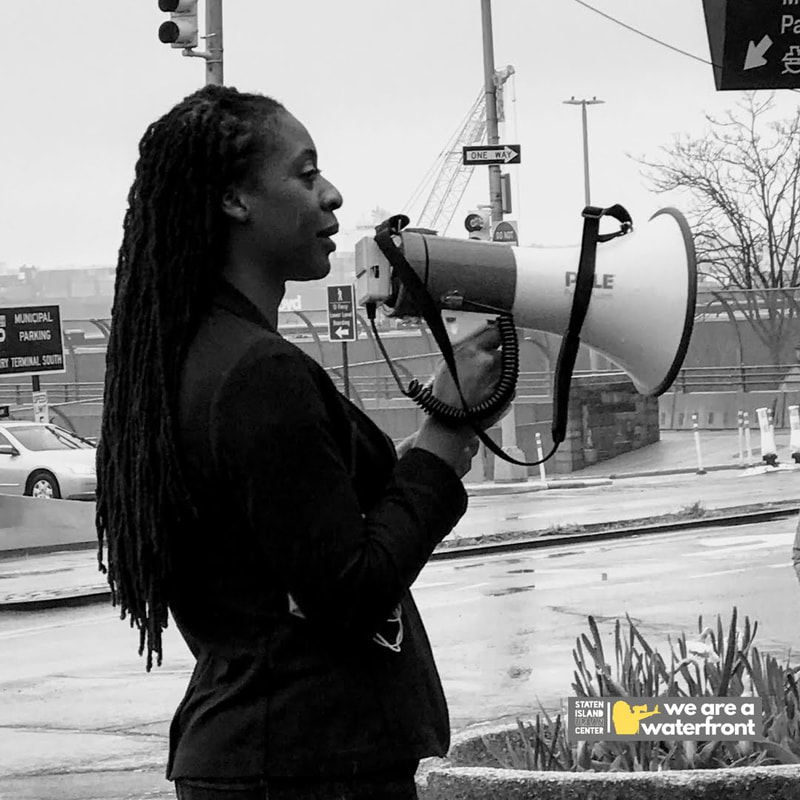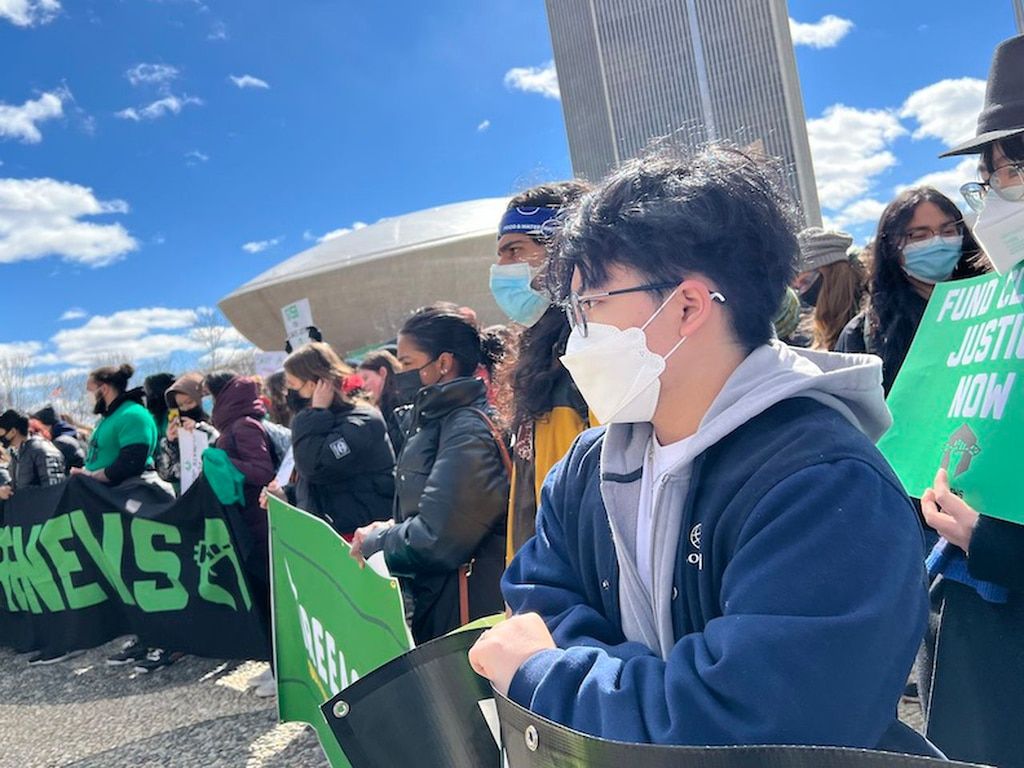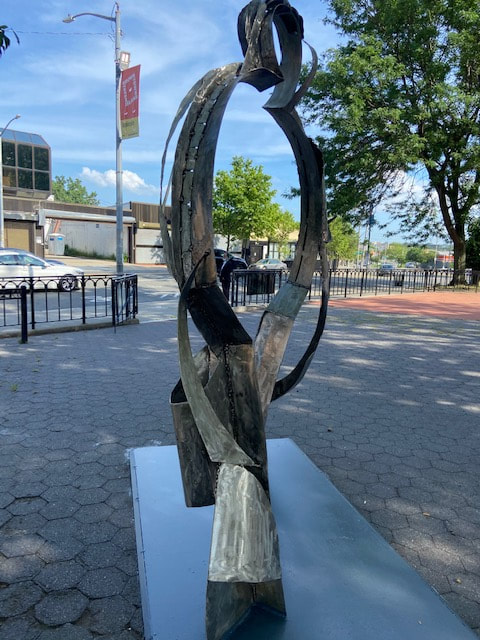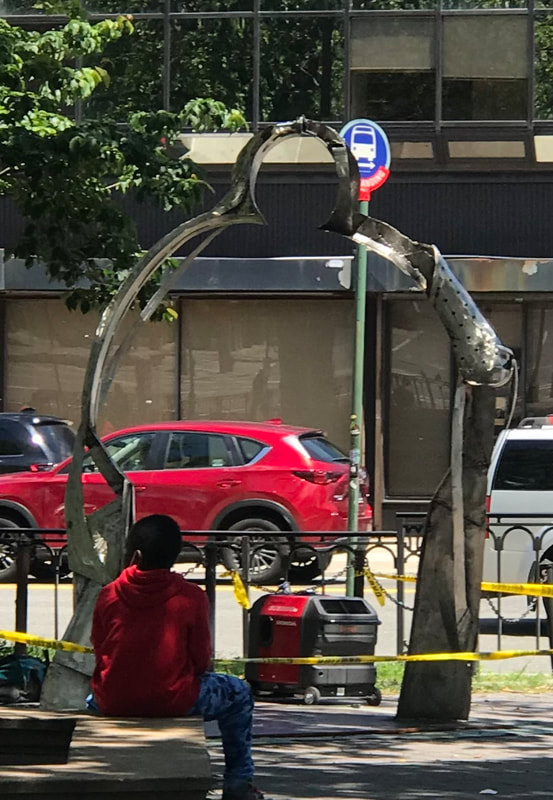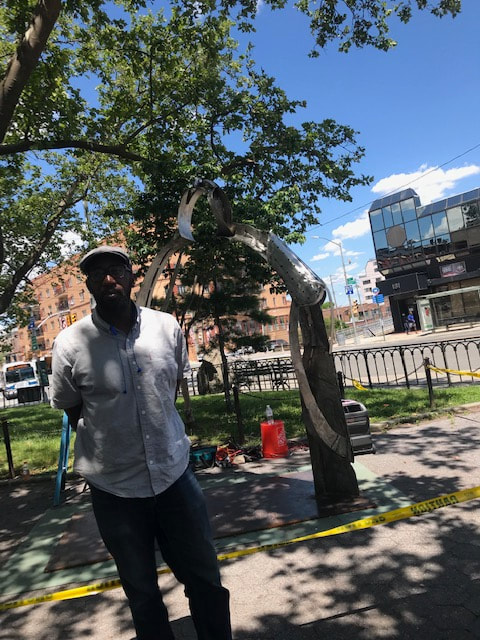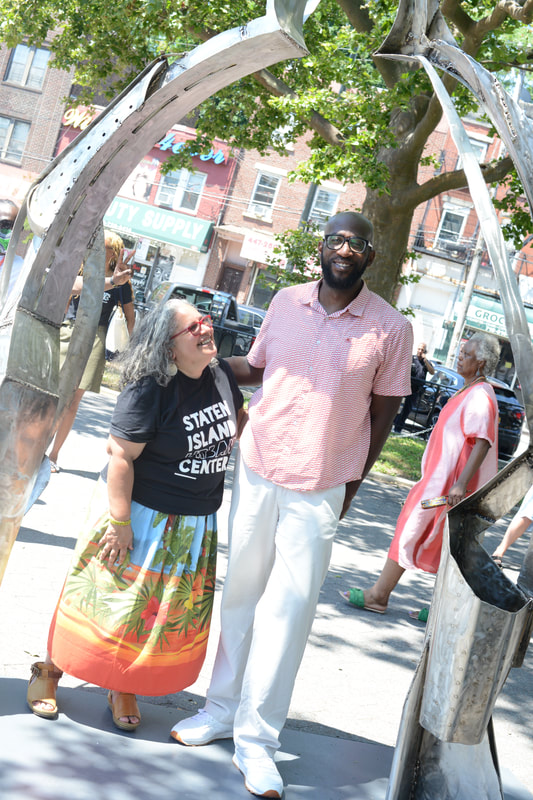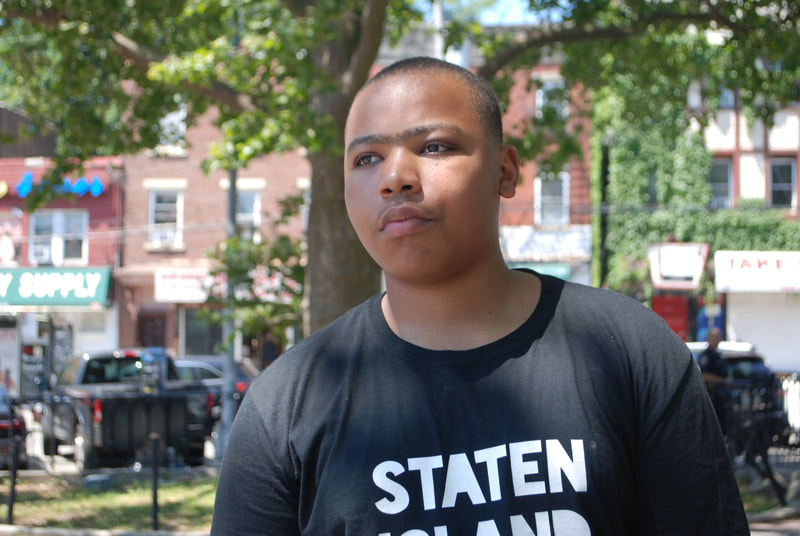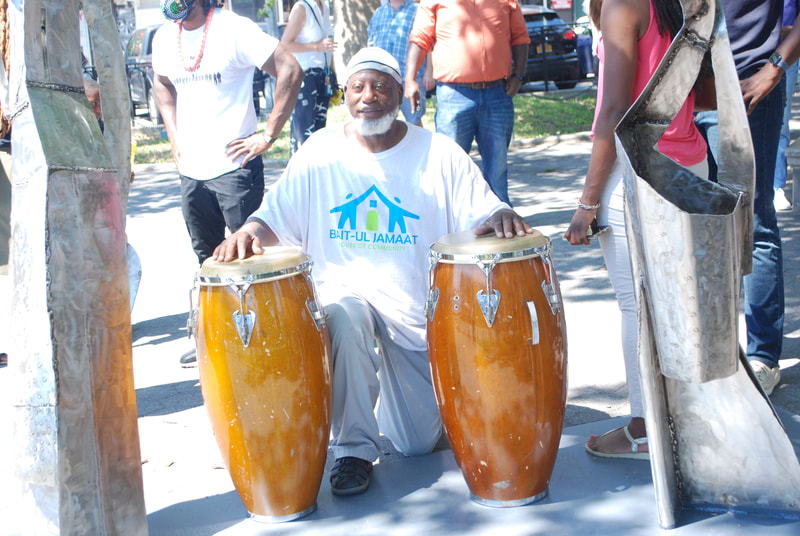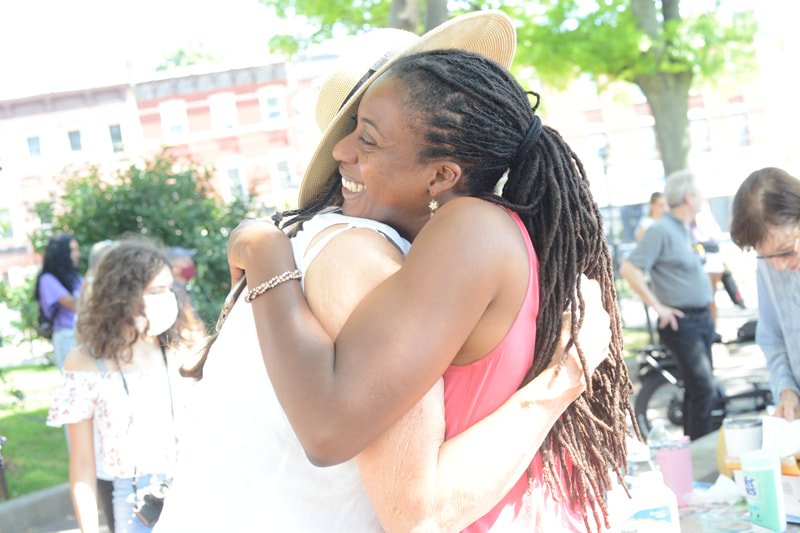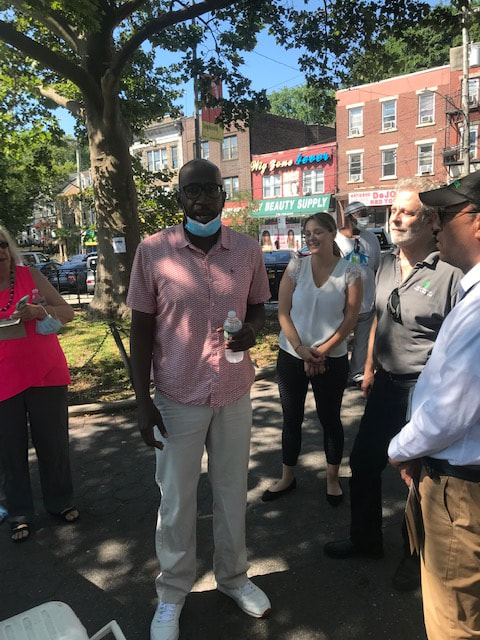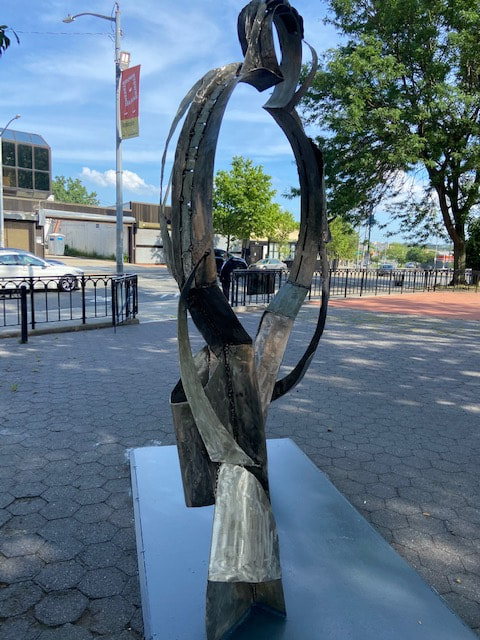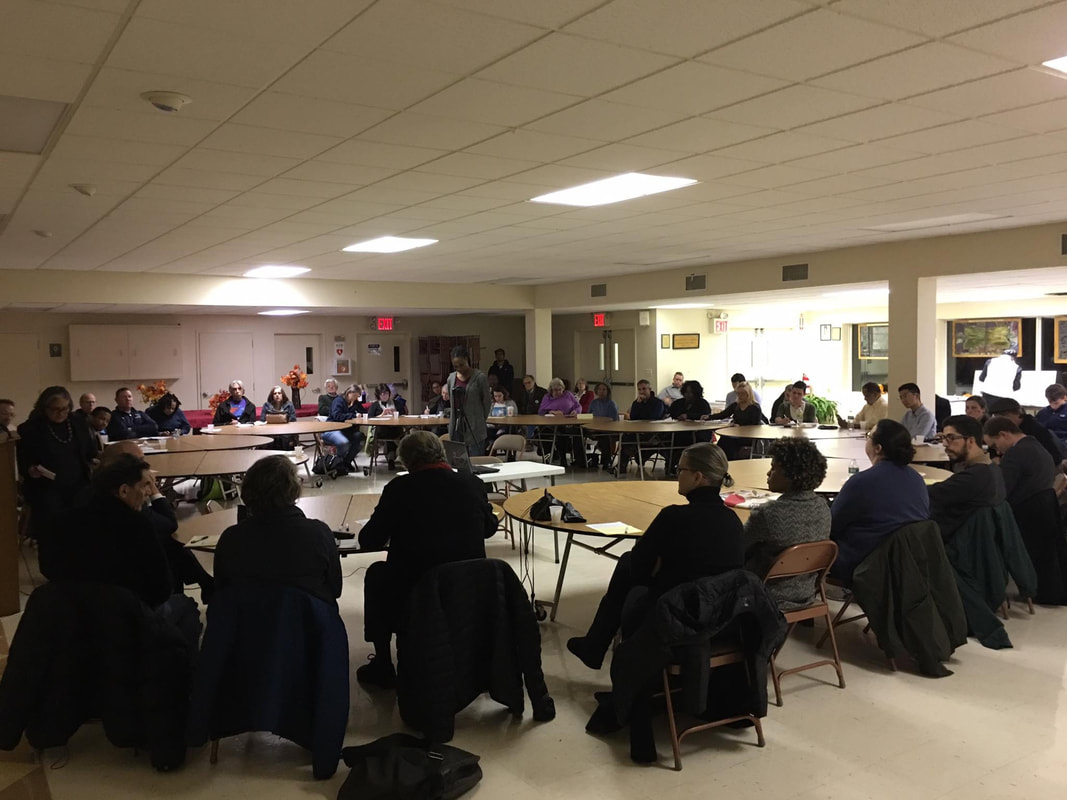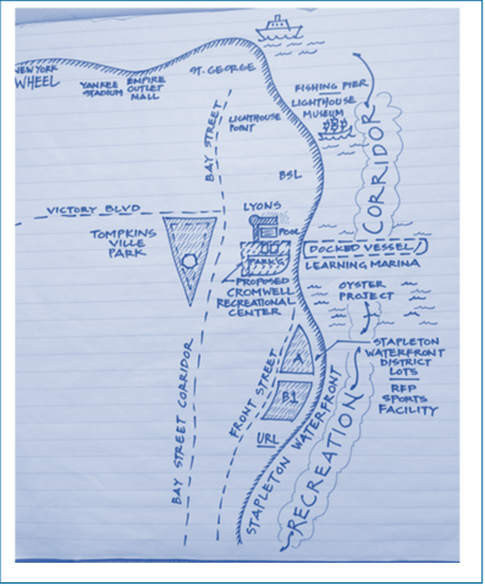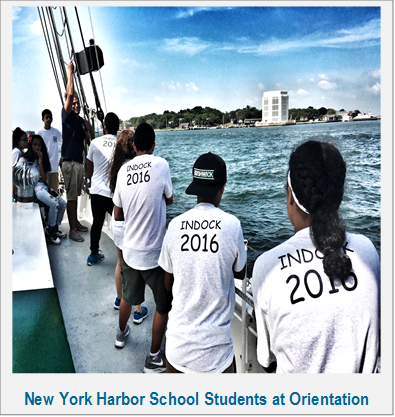Community Development includes everything related to neighborhood life - from our built environment (housing, schools, health centers, recreation facilities, libraries, parks etc) to all the services (education, healthcare, transportation, sanitation, judicial, etc) we need access to. If we want great neighborhoods, then we we must be involved in making them so - this is community development through community involvement.
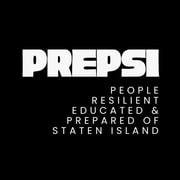
Preparedness actions for coastal flood-prone regions and low-lying areas:
|
Newly formed Environmental Justice Coalition of Staten Island 2023Our mission is to promote environmental equity and social justice for communities disproportionately affected by environmental hazards with focus on Black, Indigenous, People of Color and other marginalized communities. We strive to create a safe and healthy environment for all people, regardless of their race, ethnicity, or socioeconomic status. We work to empower the most vulnerable communities and promote their participation in decision-making processes regarding environmental policies and practices. We advocate for policies that prioritize public health and environmental protection, and we work towards achieving sustainable communities that prioritize equity and justice. We are dedicated to raising awareness about environmental injustices and fostering sustainable practices for future generations.
Amoy Barnes - Staten Island Social Justice Activist Brittany Ramos DeBarros - Staten Island Social Justice Activist Gabri Christa - Shaolin Films Gabriella Velardi Ward- Coalition of Wetlands & Forests Heather Butts - Health For Youths Idea Viola Reid - Barnard College Student Jasmine Robinson- SI NAACP Environmental Justice Committee Jamillah LaSalle -Bait Ul Jamaat House of Community John Kilcullen - Preservation League of Staten Island Justin Wood - NY Lawyers For Public Interest Kelly Vilar - Staten Island Urban Center Kwynn Hogan - Mariners Marsh Conservancy Rose Uscianowski - Transportation Alternatives Roxanne Mustafa - Indivisible Staten Island Sarah Blas - Staten Island Therapeutic Garden Backbone support provided by Staten Island Urban Center Staff: Sam Cristy and Saul Porter |
Waterfront Access, Divide & Potential
Multimedia Art Experience
at Governors Island
Opening May 5, 2023 Through October 31, 2023, Staten Island Urban Center (SIUC) debuts We Are A Waterfront: Access, Divide & Potential. This public multimedia art experience foundationally centers on Staten Island’s north shore waterfront as a place in pursuit of social change and environmental justice, takes place at Governors Island’s Nolan Park House 5B. Presenting Fridays, Saturdays and Sundays 11am to 5pm, the exhibit offers art, music, and opportunities for visitors to examine the struggle, potential, creativity and beauty of waterfront neighborhoods when community voices are at the center, fighting for environmental and social justice.
“We know that our city includes some of the most incredible public waterfronts in the world, but we also know that the benefits of incredible waterfront design have not been, equitably, equally or even fairly realized, so we need to change that.” said Kelly Vilar, curator of We Are a Waterfront & CEO of the Staten Island Urban Center. “Our hope is that this exhibit challenges this view and helps to activate the average New Yorker into being a voice for change.”
“We know that our city includes some of the most incredible public waterfronts in the world, but we also know that the benefits of incredible waterfront design have not been, equitably, equally or even fairly realized, so we need to change that.” said Kelly Vilar, curator of We Are a Waterfront & CEO of the Staten Island Urban Center. “Our hope is that this exhibit challenges this view and helps to activate the average New Yorker into being a voice for change.”
Outdoor Exhibition at Tompkinsville Park
Many thanks to our wonderful Staten Island North Shore waterfront community on lifting the community voice on the need for comprehensive planning to make our beautiful waterfront accessible, resilient and vibrant at the Waterfront Access & Divide Outdoor Photo Exhibition in Tompkinsville Park 2022 supported by Staten Island Arts through NY Arts Council Grant, NY Renews through the Tides Foundation and Staten Island Foundation. We also launch and celebrate the official birth of the Staten Island Urban Center for Community Development and Action funded by the Staten Island Foundation.
Staten Island needs bold climate investments now (opinion)
By Kelly Vilar and Justin Wood
Last week, an intrepid group of Staten Islanders braved freezing temperatures at 6 a.m., boarded a bus for Albany, and joined hundreds of New Yorkers from across the state at a rally outside the capital. Why? We want Governor Hochul and our state legislators to include $15 billion in climate investments in this year’s budget, being negotiated over the next two weeks.
Staten Island isn’t often depicted as a hotbed of environmentalism, but it should be a poster child for environmental justice, renewable energy and green jobs. Read full article here.
The Healing Arch at Tompkinsville Park
|
|
The Healing Arch
On Wednesday, June 30th the Friends of Tompkinsville Park held a ribbon cutting for The Healing Arch, an 8.5 ft metal sculpture made of stainless steel created by artist Musa Hixson. The Healing Arch represents a community campaign for Peace, Justice and Healing for the Tompkinsville area. This project was funded by Citizens Committee for NYC through a donor advised fund from Bank of America and Partnerships For Parks. It was produced with the backbone support of the Staten Island Urban Center, Canvas Institute for Arts, Culture and Civic Engagement, NYC Department of Parks Arts in the Parks Program, Staten Island Arts and our Tompkinsville Community. |

